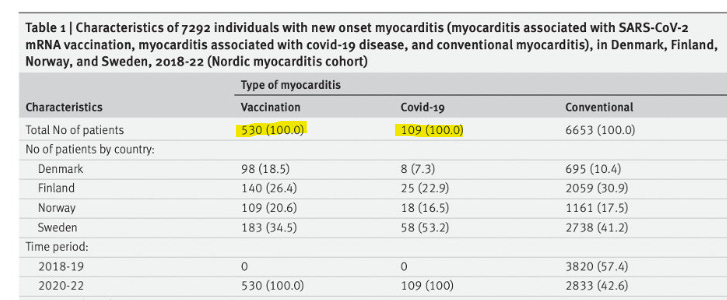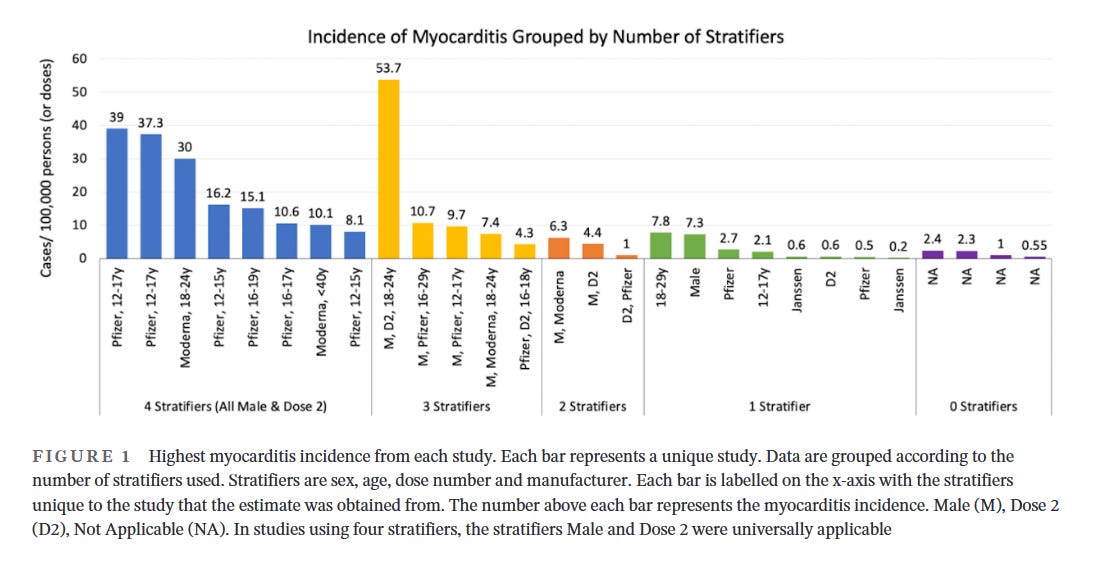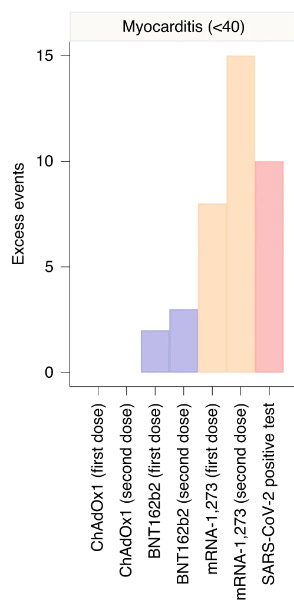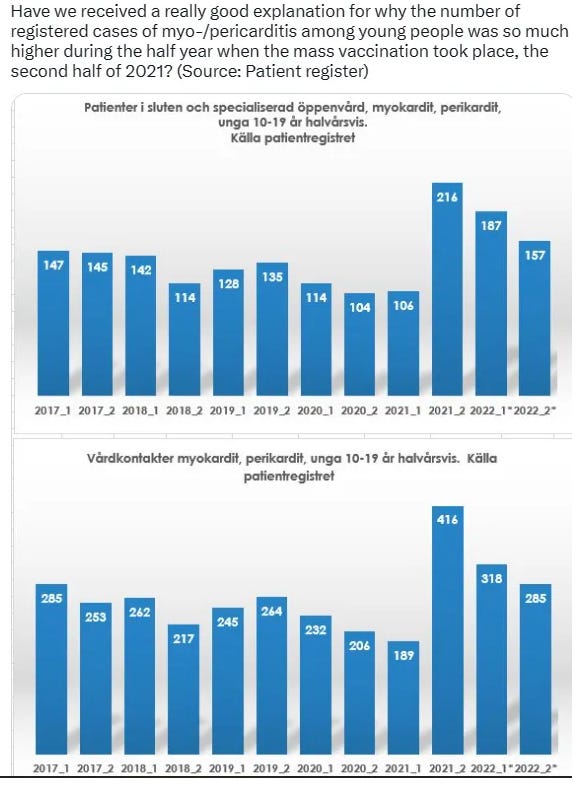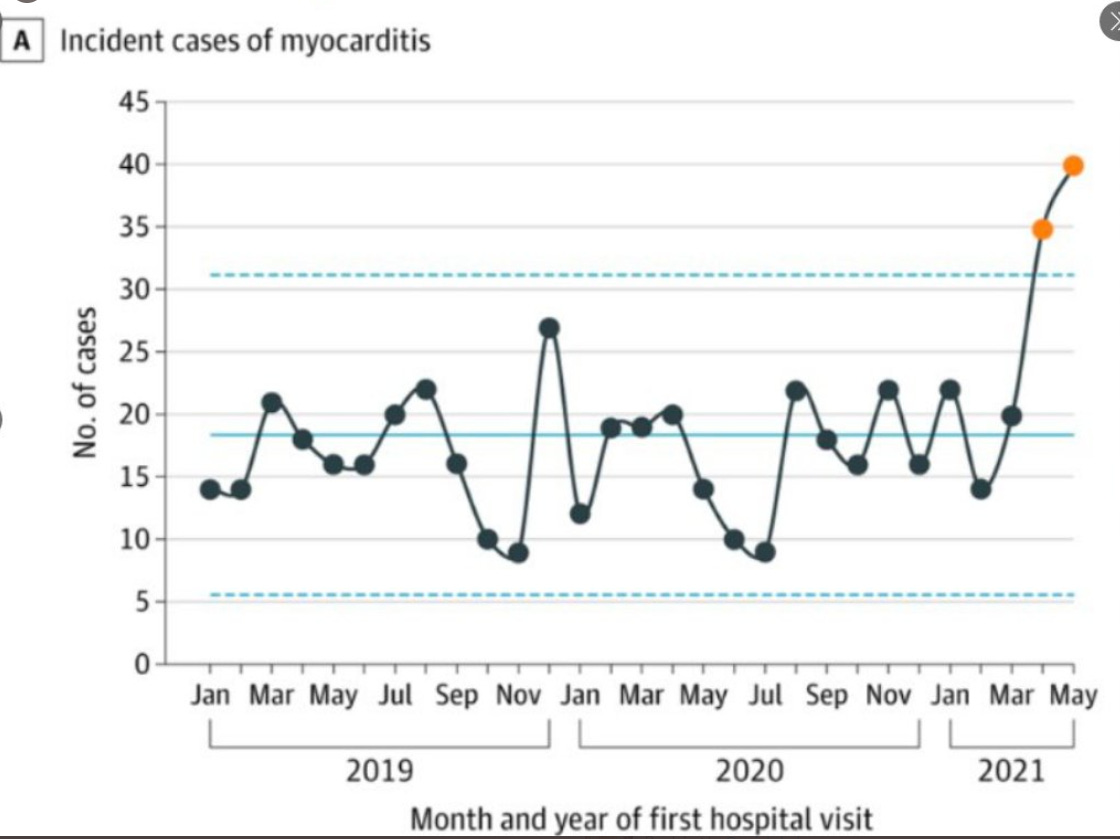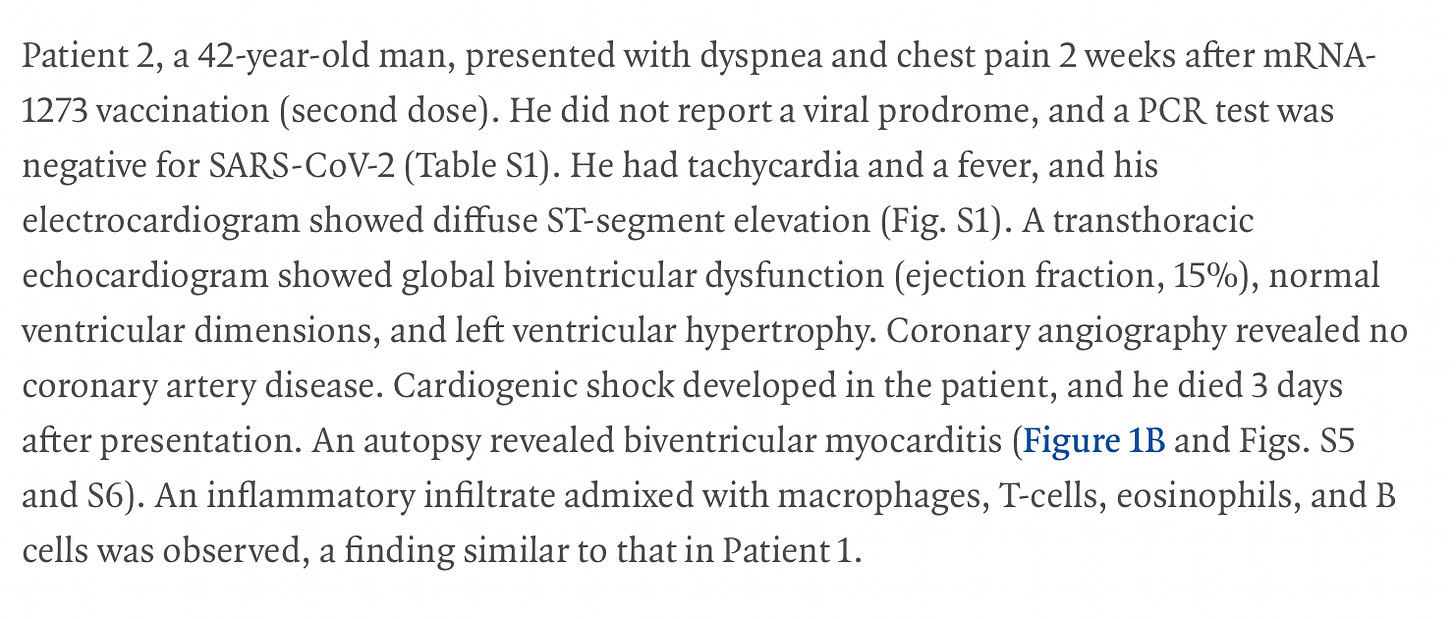
BY KIM BELLARD
Eric Reinhart, who describes himself as “a political anthropologist, psychoanalyst, and physician,” has had a busy month. He started with an essay in NEJM about “reconstructive justice,” then an op-ed in The New York Times on how our health care system is demoralizing the physicians who work in it, and then the two that caught my attention: companion pieces in The Nation and Stat News about reforming our public health “system” from a physician-driven one to a true community health one.
He’s preaching to my choir. I wrote almost five years ago: “We need to stop viewing public health as a boring, not glamorous, small part of our healthcare system, but, rather, as the bedrock of it, and of our health.”
Dr. Reinhart pulls no punches about our public health system(s), or the people who lead them:
…the rot in public health is structural: It cannot be cured by simply rotating the figureheads who preside over it. Building effective national health infrastructure will require confronting pervasive distortions of public health and remaking the leadership appointment systems that have left US public health agencies captive to partisan interests.
He notes the “gradual medicalization” of public health; every director of the CDC since 1953 has been a physician, despite the oft-cited fact that medical care only accounts for perhaps 10-20% of the factors that affect our health. “Clinical reasoning, ‘ he says, “is not only not the population-level logic of public health; it is frequently antithetical to it.”
As a result, Dr. Reinhart fears: “The marginalization of non-biomedical knowledge within public health administration and the corresponding elevation of physicians to power has had catastrophic consequences for population-level health.”
Public health needs to think much more broadly:
The core tools of public health, then, are not just vaccines or lab tests but also policies pertaining to corporate regulation and consumer safety standards; labor protections; public jobs and housing programs; investments in community health workers, decriminalization, and decarceration; and civil rights lawsuits.
It is not, he stresses, that physicians should not be involved in public health; it is just that they shouldn’t be leading it. “Rather than doctors perpetually running the show,” Dr. Reinhart says, “clinical and scientific experts need to acknowledge the limits of their knowledge and embrace supportive roles in a redesigned public health system that is guided by and accountable to the communities whose lives are most affected by public health policy decisions.”
E.g., “America doesn’t need a world-leading virologist in charge of responding to viral threats, for example. It needs need people prepared to work collaboratively to integrate virological insights — supplied by advisers who are world-leading virologists — with the on-the-ground realities of labor, political-economic, psychological, and cultural dynamics in order to produce effective policy.”
Public health needs to built up from the “bottom-up,” Dr, Reinhart suggests, recognizing: “It’s not about individual risk tolerance, but about government making use of population-level tools—such as infrastructural investments in clean air and water—to lower the level of risk to which individuals are exposed by living in society.” If we’re not recognizing and supporting the most vulnerable, the most at-risk, the most marginalized, then we’re not doing public health.
He acknowledges that public health is inherently political, but urges that we don’t allow it to be partisan, a distinction that is hard to draw in our polarized times.
Gun violence is a public health problem. Opioid addiction is a public health problem. That 34 million people are food insecure is a public health problem. The facts that 6 million homes are severely/moderately substandard and at least a half million people are homeless are public health problems. Two million people without clean water is a public health problem; 135 million people breathing polluted air is a public health crisis. Having almost 2.5 million people incarcerated is a public health problem. Having 38 million Americans living in poverty is a public health disgrace. The fact that our reading and math proficiency are at all-time lows is a public health embarrassment.
Need I go on?
The money we’re spending on acute medical care is well-intentioned but is driving out investments – and they are investments – in public health initiatives, broadly defined. Where is our commitment to uniformly high quality public education? Where’s our focus on clean water and air? Where’s our push for more affordable housing? Where’s our universal basic income? Where are our baby bonds? When do we celebrate teachers, community leaders, and public health workers rather than billionaires?
We suffer from what Dr. Reinhart calls “clinicism,” addressing the immediate medical problem with a pill or a procedure while “normalizing” the social conditions that led to it. That’s great for clinicians’ incomes and the various health organizations that feed off them, but lousy for our collective health.
I also want to call attention to an essay by Aparna Mathur, Ph.D., a visiting Fellow at FREOPP, calling for modernizing our safety net. I remember thirty years ago that humorist P.J. O’Rourke “proved” there was no poverty in America; he added up all the spending on anti-poverty programs, divided by the number of people in poverty, and the answer was higher than the poverty level. I.e., the problem isn’t that we don’t spend enough money; the problem is that we don’t spend it effectively.
We have a crazy quilt of safety net programs, at federal, state, and local levels, and for the most part they’re not coordinated. Dr. Mathur shows that almost half the people who need assistance don’t get any, about a fourth only get help from one, and less than a third get multiple benefits. By creating such a number of different programs, with different eligibility criteria, different applications, overseen by different agencies, we turn seeking aid into a full-time job. And yet politicians are calling for kicking people off SNAP and Medicaid.
Dr. Mathur calls for a “one-stop shop” for safety net programs. She also sees the need for direct cash support, even if for a time-limited period, to “buffer individuals need to weather the current hit to incomes and any benefits, and allows them the time to invest in job search, training, while feeling supported.”
Now, that’s public health thinking.
We spend enormous amounts on health care, and on safety net programs. There are a lot of vested interests in maintaining what we’re doing. But we’re being willfully blind if we think we’re achieving our goals. I don’t know if the suggestions from Dr. Reinhart and Dr. Mathur have any chance in today’s polarized culture wars, but I sure applaud them for raising them.
Kim is a former emarketing exec at a major Blues plan, editor of the late & lamented Tincture.io, and now regular THCB contributor.
from The Health Care Blog https://ift.tt/XBPHOCo




